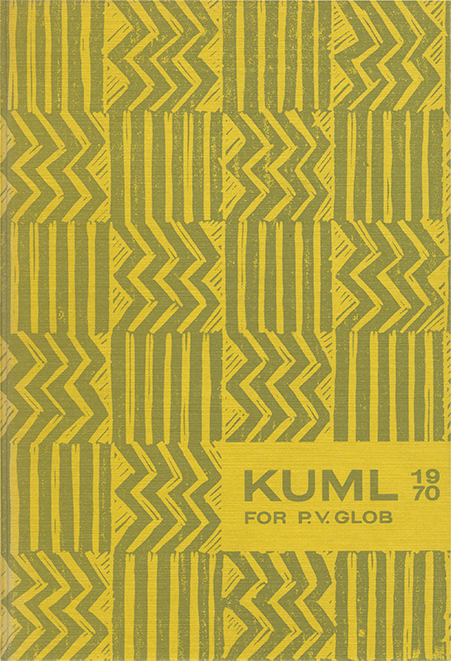Pottemageren i Pederstræde
DOI:
https://doi.org/10.7146/kuml.v20i20.105420Nøgleord:
potter, pottemager, pedersstræde, aalborg, caspar Ludvigsen, kiln, ovn, hellumResumé
The potter of Pederstræde
Glazed pottery found in the town of Aalborg shows little variety. Most pieces are of red ware with a clear, colourless black-mottled lead glaze. This glaze is known a late as 1900 in pottery manufactured in the Hellum district of Himmerland, whose production is known from 1613 and which dominated the market in northern Jutland for 300 years. All pots with this glaze were earlier believed to have been made in the Hellum district.
Louis Ehlers showed in »Dansk Lertøj« that pots from Bornholm resemble Hellum pots and believes on the basis of forms common to both centres that the two productions arose from the old town style and maintained their special character by being isolated from renewal from outside. The present author believes that Ehlers has assigned the Aalborg finds too late a date; the earliest finds may be dated to the beginning of the 17th century. An excavation in Pederstræde in the east part of Aalborg in 1968 yielded new information on the matter.
Under some 19th century house foundations, a kiln was found belonging to a pottery which had been rebuilt on several occasions on layers of wasters. This seems to have been the kiln of Caspar Ludvigsen, who is the only Aalborg potter named in Renaissance civil rolls. Caspar Ludvigsen received his licence in 1604, which agrees closely with the dating of other finds of the same character elsewhere in the town.
The sherds in the oven proved to belong to what we had previously called Hellum pots. They all had the characteristic black-mottled lead glaze, either clear, yellow or green-brown, and they were all of well known shapes, typical Renaissance pottery. Tile sherds were also present.
A number of dishes and plates found in Pederstræde had an incised decoration on the flange. These dishes were previously thought to have been manufactured in the Netherlands, but can now be shown to have been made in Aalborg. A new technique and aesthetic is sensed, received during the Renaissance, in particular from the Netherlands, and also evident in finds from Næstved and Copenhagen. But potters in the capital were banished by royal ordinance to the suburbs in 1654, on account of the danger of fire. The same seems to have been the case in Aalborg. The potters moved from the town to the forest, because the transport of clay and firewood was both difficult and expensive, whereas both materials were present in Rold Forest in the Hellum district.
The mottled glaze is a distinctive feature of pottery from Aalborg and Hellum. It is found in all wares from these two places and there are in fact sound technological reasons for its occurrence. Red clay from Hellum vitrifies at a temperature insufficient to melt the glaze completely. Potash in the form of ash was therefore added to lower the melting point. Small particles of carbon were thus included in the glaze powder and became visible when the ware was fired. In time, this mottling became cultivated as ornament and was for 300 years a distinguishing feature of the pottery from Aalborg and Hellum.
Peter RiismøllerDownloads
Publiceret
Citation/Eksport
Nummer
Sektion
Licens
Fra og med årgang 2022 er artikler udgivet i Kuml med en licens fra Creative Commons (CC BY-NC-SA 4.0).
Alle tidligere årgange af tidsskriftet er ikke udgivet med en licens fra Creative Commons.


